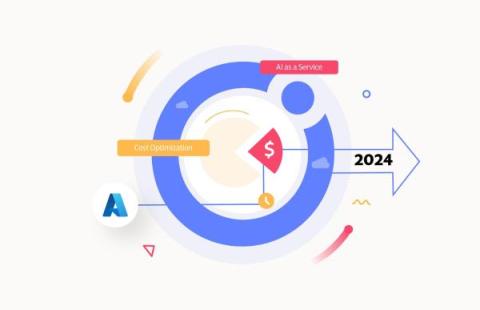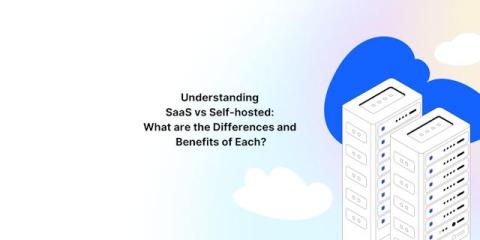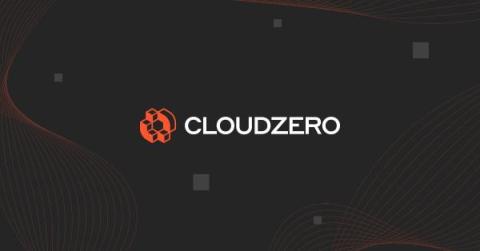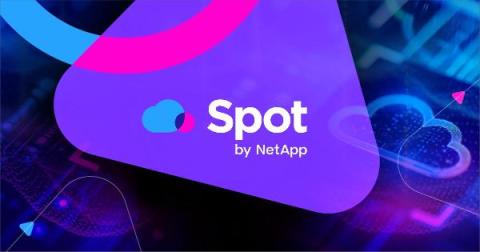Mbps: What Is It, and How Does It Affect Cloud Storage?
In the last 20 years, modern society has undergone a completely visible evolution regarding the Internet. Since its birth in the United States, it has been used by two-thirds of the world's population. According to the Digital Report 2023 study, Internet users worldwide have increased by 1.9%, reaching 5.16 billion this year. We use the Internet for many daily tasks, such as working online, shopping, and consuming content such as movies, music, or streaming games.











